Futuristic Consumer Technology designs that we can’t wait to see in real life!
Encrypting your link and protect the link from viruses, malware, thief, etc! Made your link safe to visit.
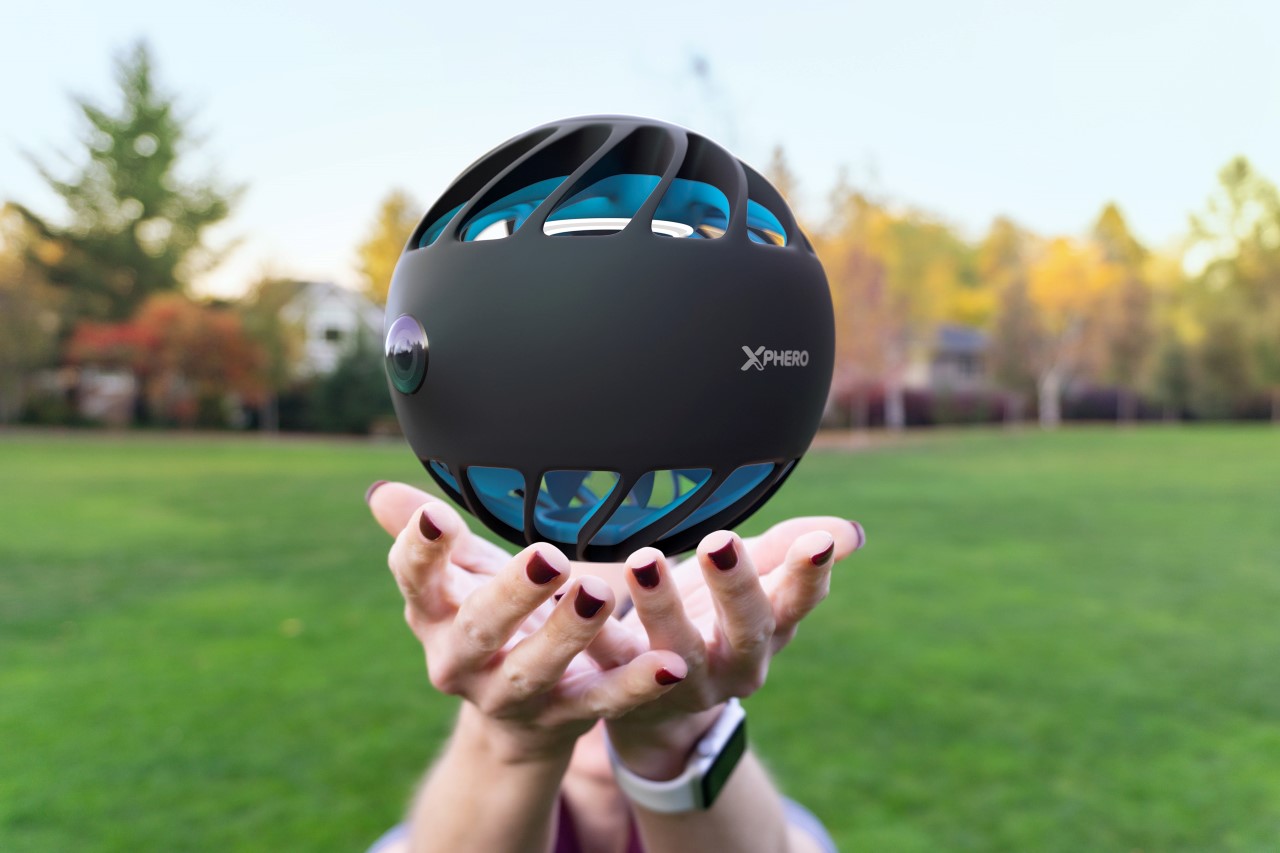
The Consumer Technology sector is one that has impacted our lives in more ways than we can account for! Actually, give it a go and see the number of gadgets that are surrounding you – from a smart doorbell, your laptop, wearables to even our earbuds – technology has entered our lives and changed it for the better. Given the amount of convenience and solutions these gadgets add to our lives, we can’t help wait for more innovative designs like the ones showcased here. Every conceptual design here will change the way we interact with the traditional designs and we can’t wait to get our hands on these!
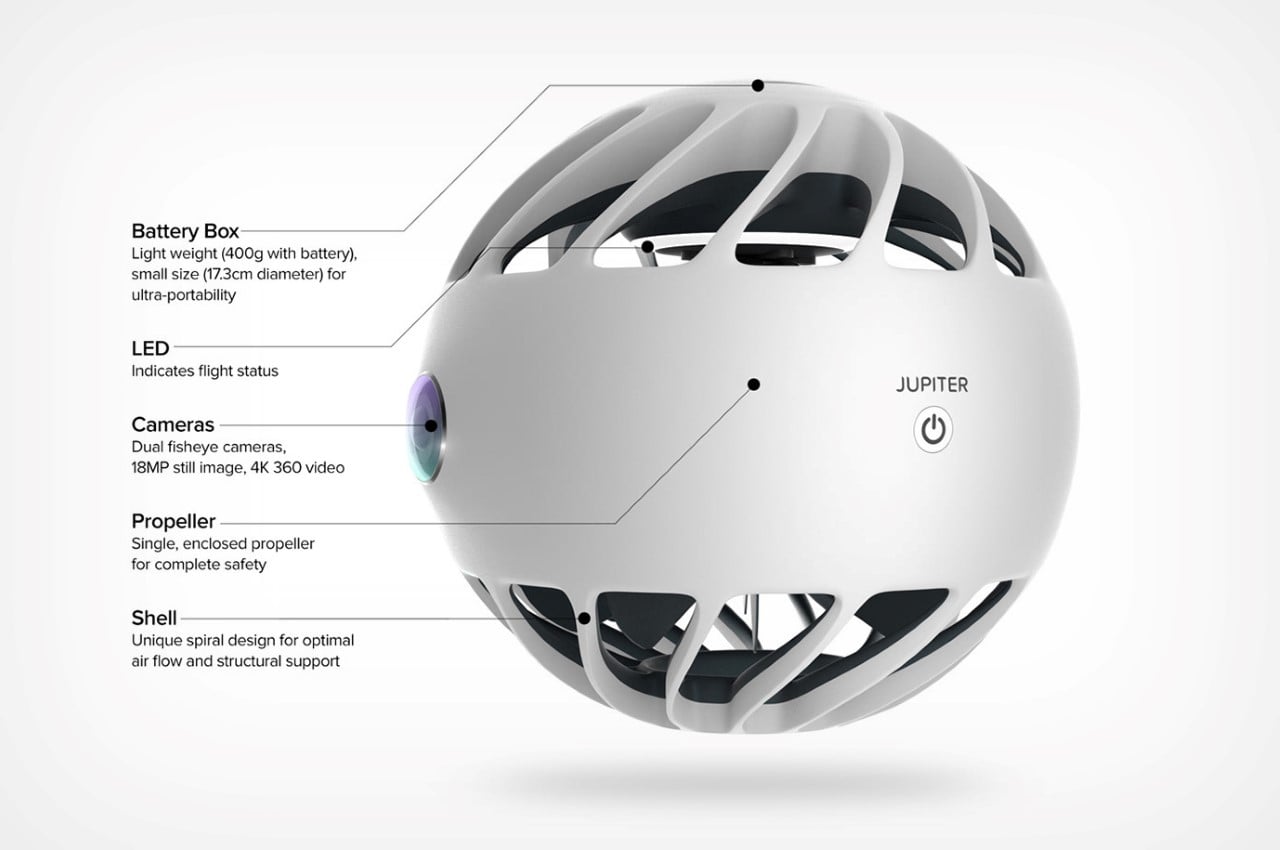
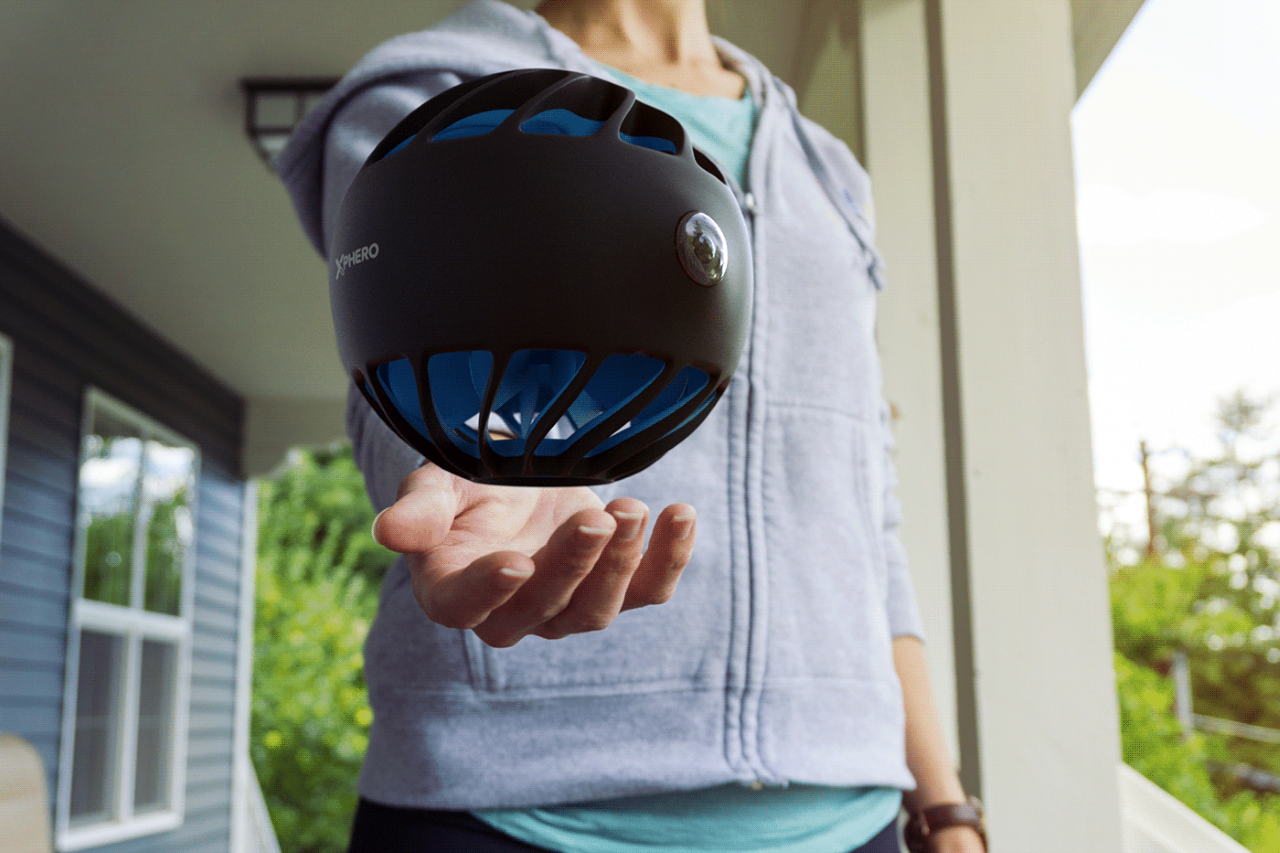
The Jupiter drone concept by Anton Weaver has a monolithic orb-esque form that defies both gravity as well as the ‘rules’ of drone design. It uses a large single propeller, and what I imagine is an internal gyroscope to move around in the air, stay upright, and even twist and turn while in mid-air. The drone’s unusual design is further characterized by the presence of fisheye lens cameras that allow it to capture everything it sees, sort of like a levitating GoPro!
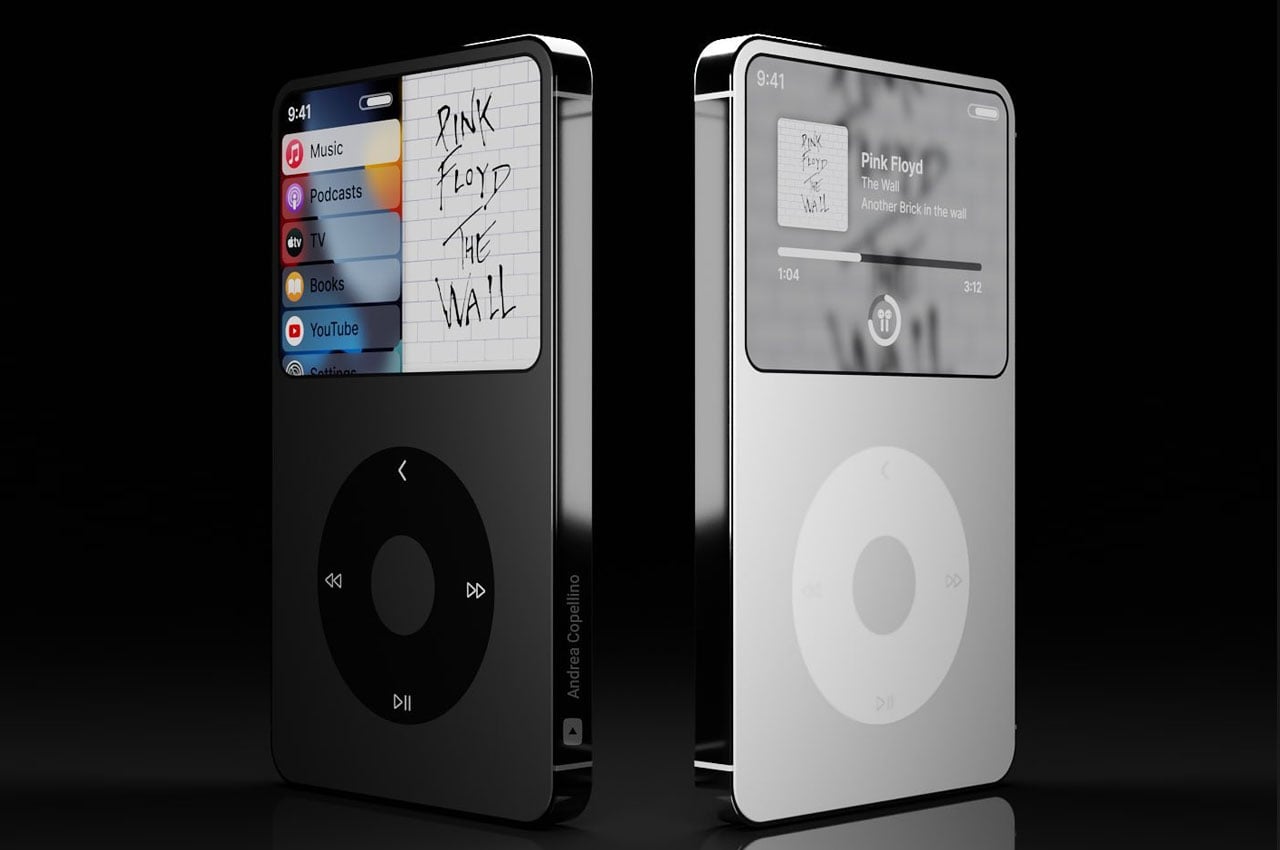
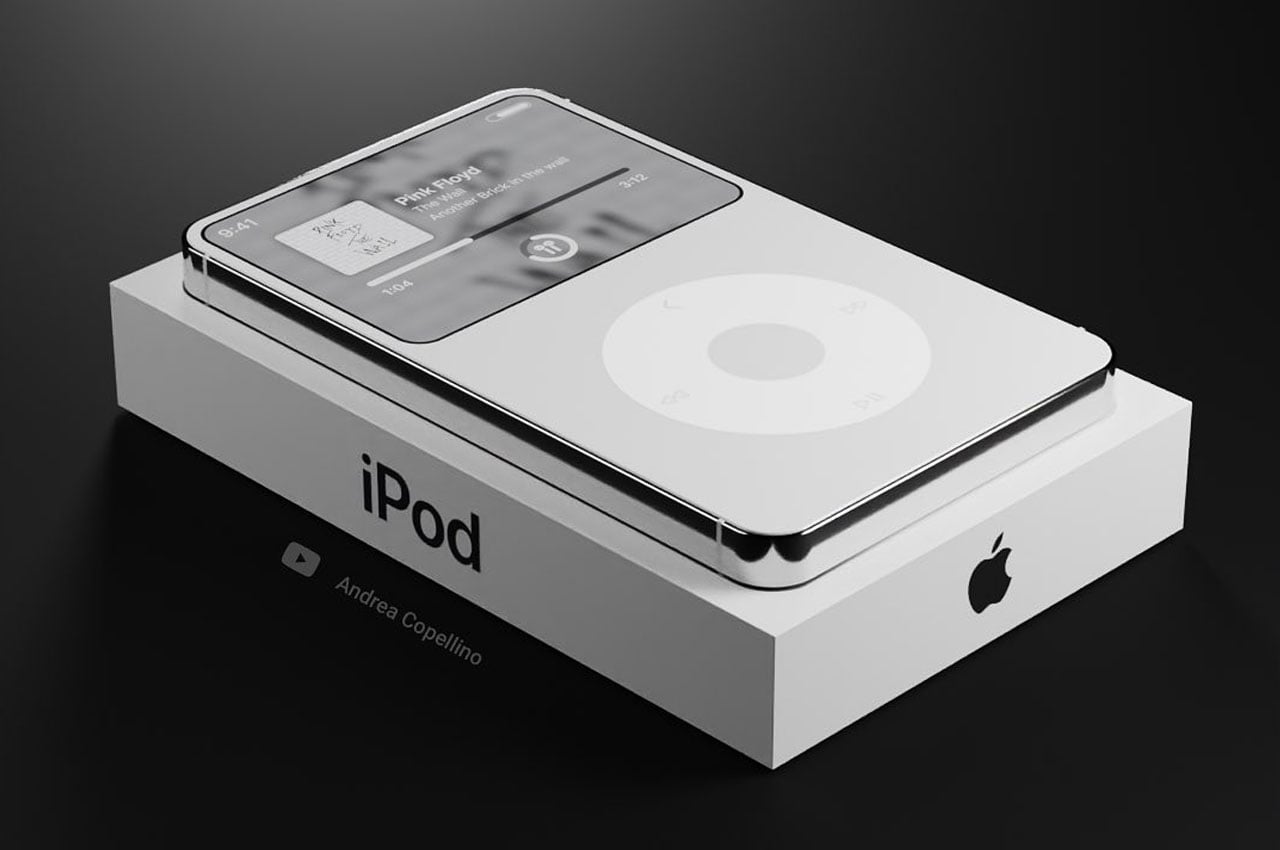
Resurrecting the iPod Classic, this gadget is a modern design that’ll revive the nostalgic memories of the yesteryears. Designer Andrea Copellino gives us a reason to dream of a future Apple gadget that’ll revive the good old times when listening to favorite songs was such a liberating experience. This he does to celebrate the two decades of the iPod Classic this year. The iPod Classic of 2021 has a much wider proportion as compared to its inspiration which is understandable in current times. The UI has also been revamped for a seamless user experience and they come with no headphone jacks as a surprise. The reason, well, Apple would want you to use the ANC AirPods Pro with the gadget.
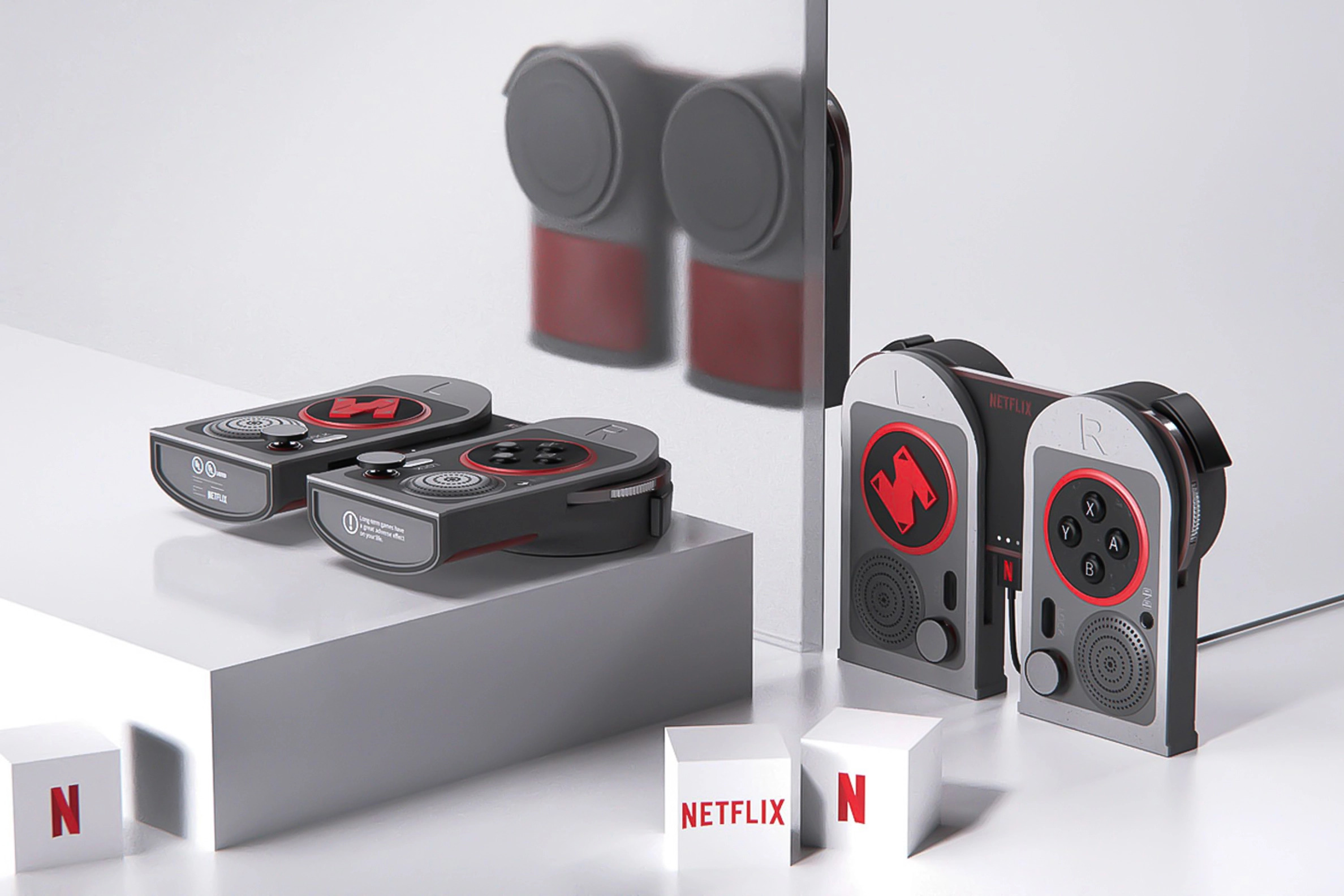
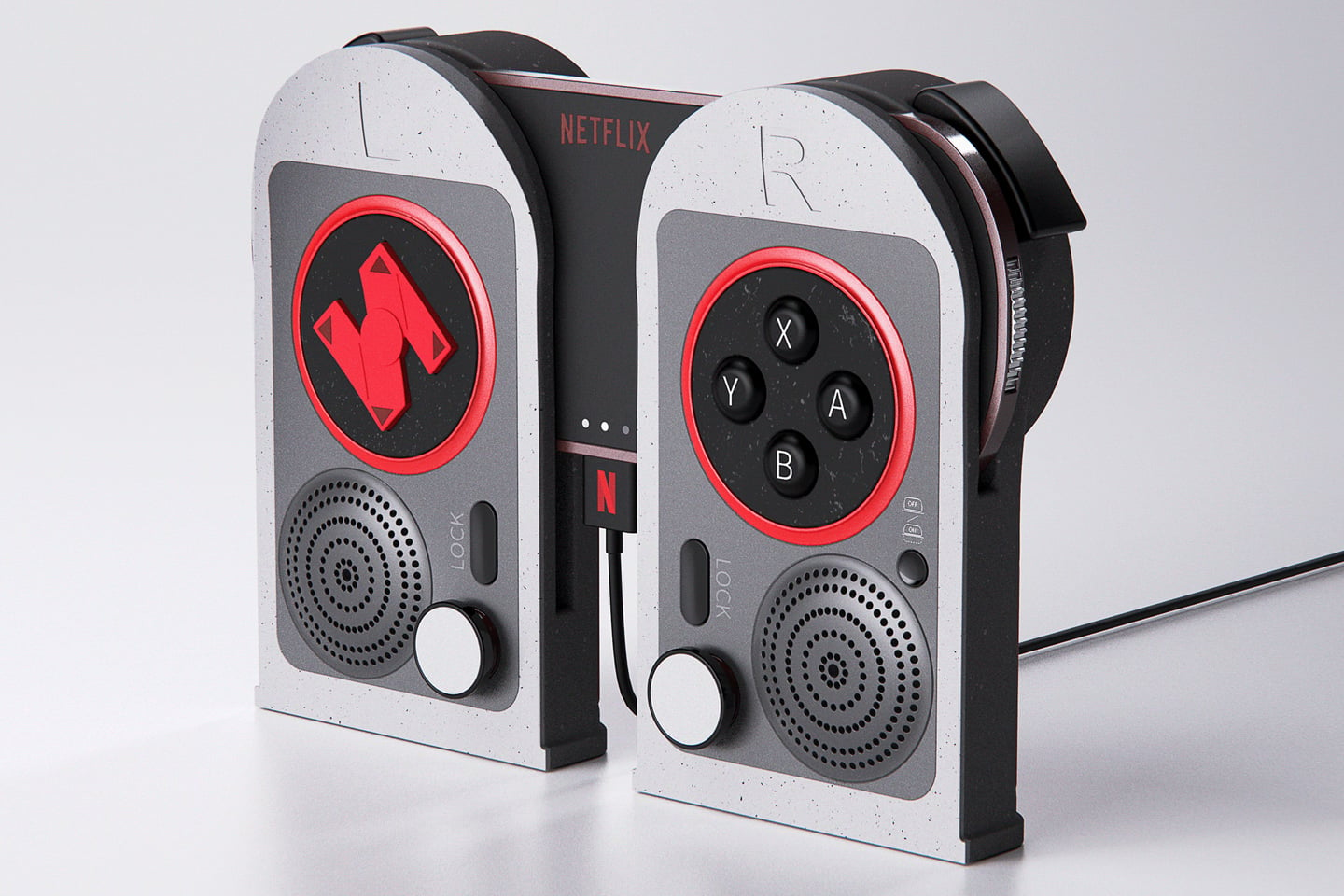

Netflix is set to debut early next year and we could expect an announcement by the end of this year. This gives the perfect opportunity to concept designers for coming up with Netflix branded gaming accessories that will ultimately brace the platform just like Google Stadia, Xbox Gaming pass, Nividia GeForce Now, and Amazon Luna. Designers Seong Bin Yoon and Cheolhee Lee have envisioned a design that is good for casual gaming as well as AR and VR-assisted gaming fun. The gaming controller has a very distinct form factor – something akin to the Nintendo Joy-Con controllers with a unique Netflix-logo-inspired gamepad to continue reinforcing the branding experience.
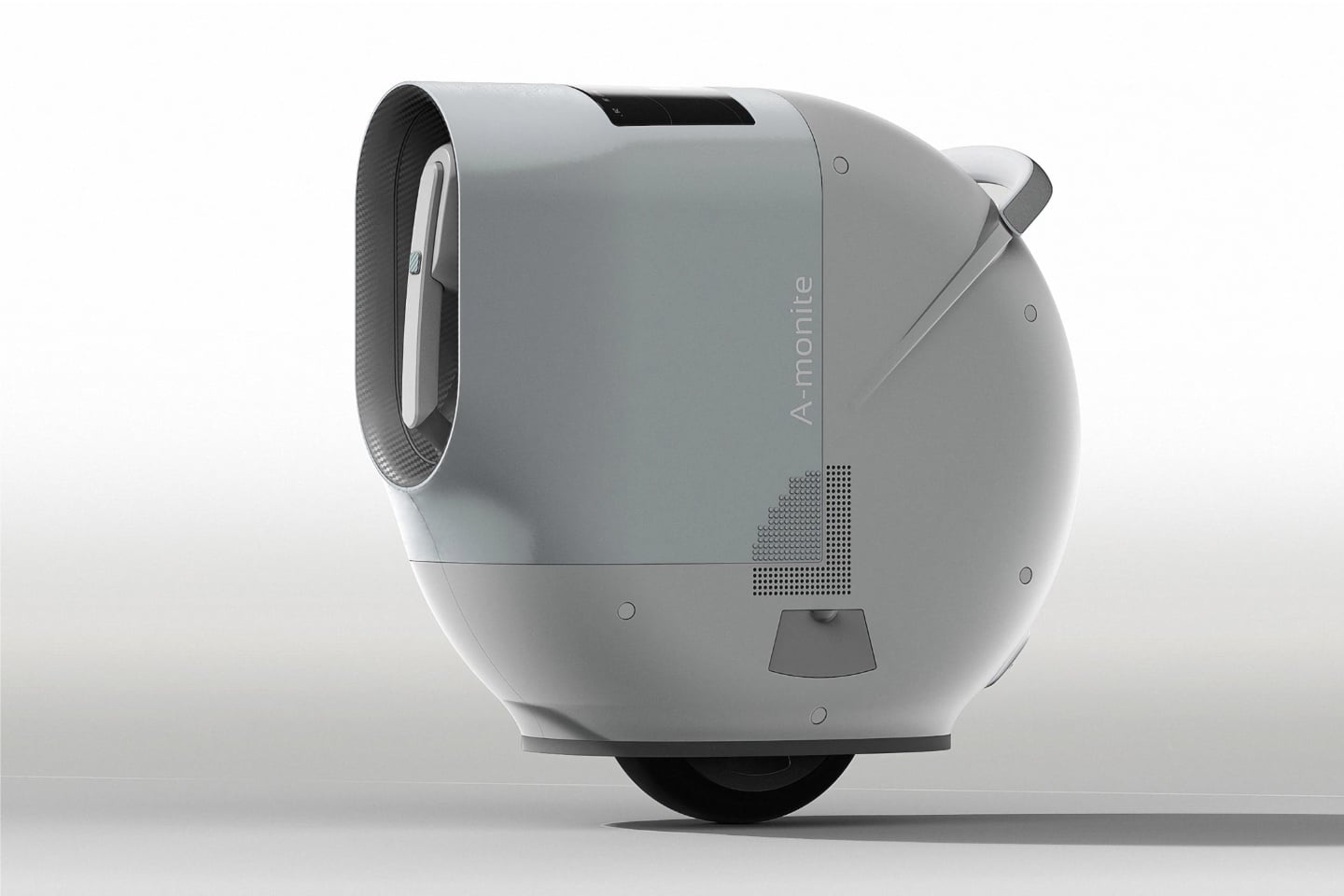
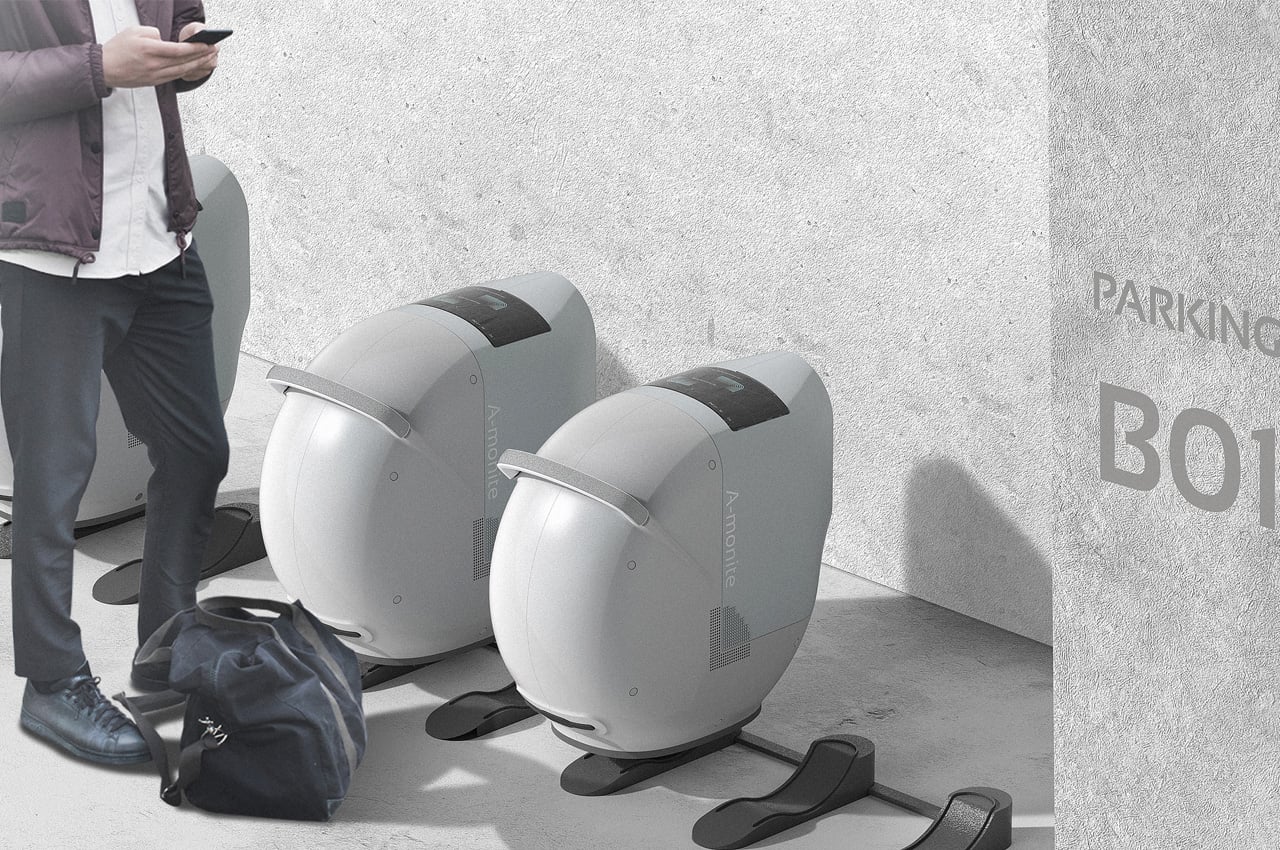
Portable EV chargers have caught pace in the last few years, and the A-monite, a concept for a portable electric vehicle fast charger is one fine example of how the intention is altering and is revolutionizing the way people think of electric vehicle ownership. A portable charger like the A-monite removes the question of where, when, and how out of actually charging the electric vehicle. It taps into the lack of charging infrastructure so that a vehicle does not have to be towed to a charging station – if it’s stranded on the highway. Instead, it can be powered up, right there and then with a portable charger in the boot of the car. It is an interesting alternative to the fixed stands installed in the parking lots, buildings, and in outdoors.
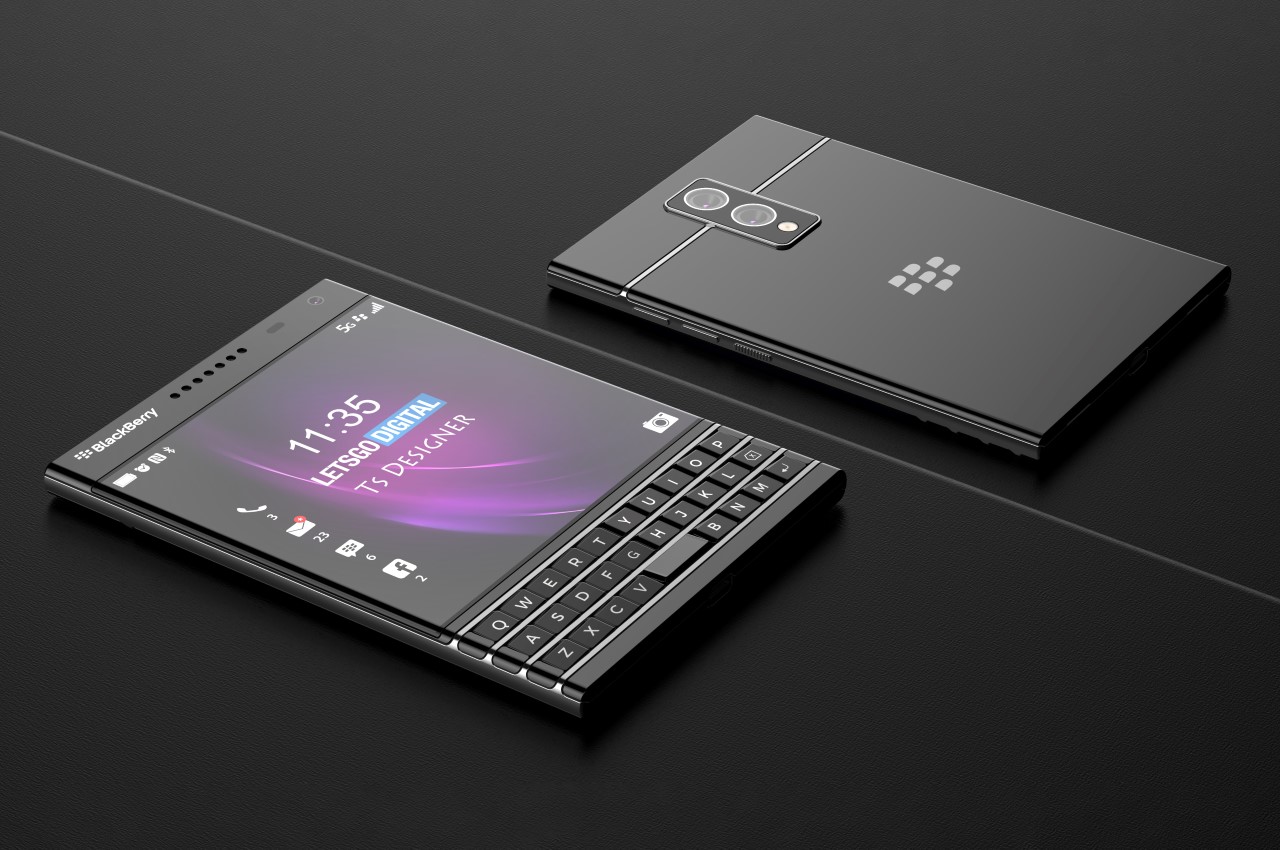
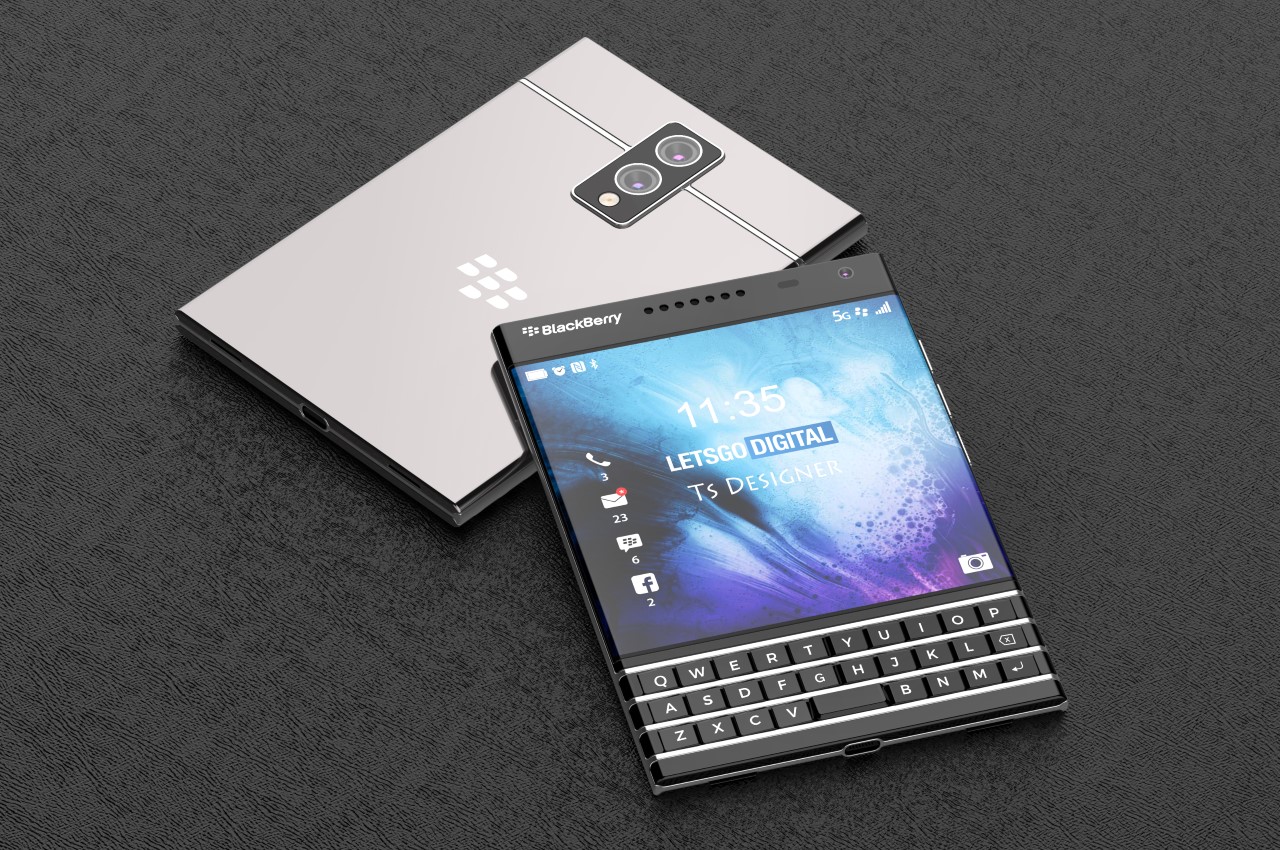
For everyone who thought BlackBerry was done and dusted, 2020’s been a pretty interesting year for the company. Meet the Passport 2, a conceptual Android-running BlackBerry phone with a 4.5-inch touchscreen display, a physical keyboard, and a 5G chip on the inside. I have to admit that seeing a new BlackBerry does give me a bit of nostalgia. I’ve never been a fan of touchscreen keyboards, and that’s a complaint that BlackBerry and I have always had in common; although BlackBerry phones have an archetype, and it’s safe to say that the archetype isn’t really popular anymore!
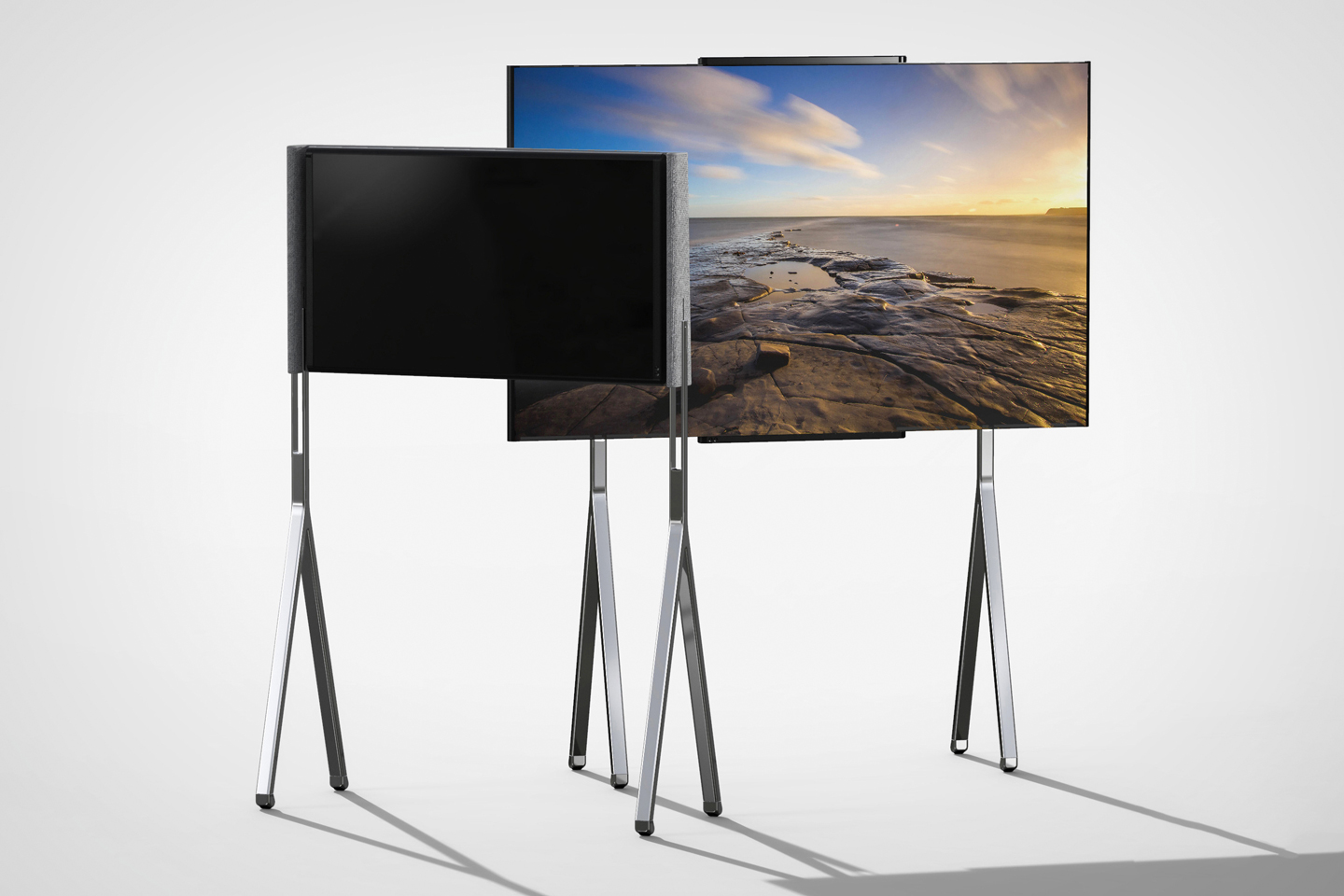
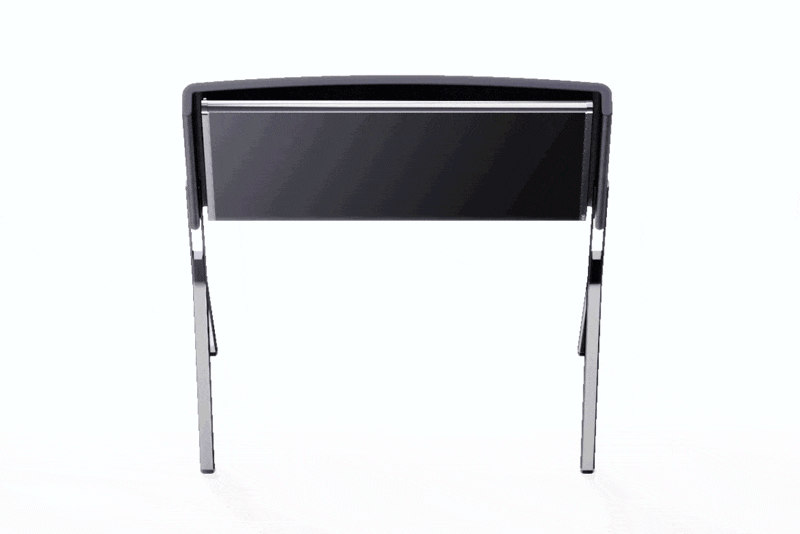
The SHIFT creates a new sort of format. Instead of disappearing when you don’t need it, the SHIFT’s format explores an A vs B arrangement, where you can alternate between two screen sizes, choosing a smaller one while working at your desk, and a larger one for sitting back and watching a movie. To manage this, the SHIFT uses a display that extends sideways while rotating too (the GIF above should really explain how it works), effectively being able to expand in BOTH directions. The expanded display isn’t just wider, it’s taller too because the entire display rotates 90° while rolling open (so the horizontal width of the smaller screen becomes the vertical height of the larger screen).
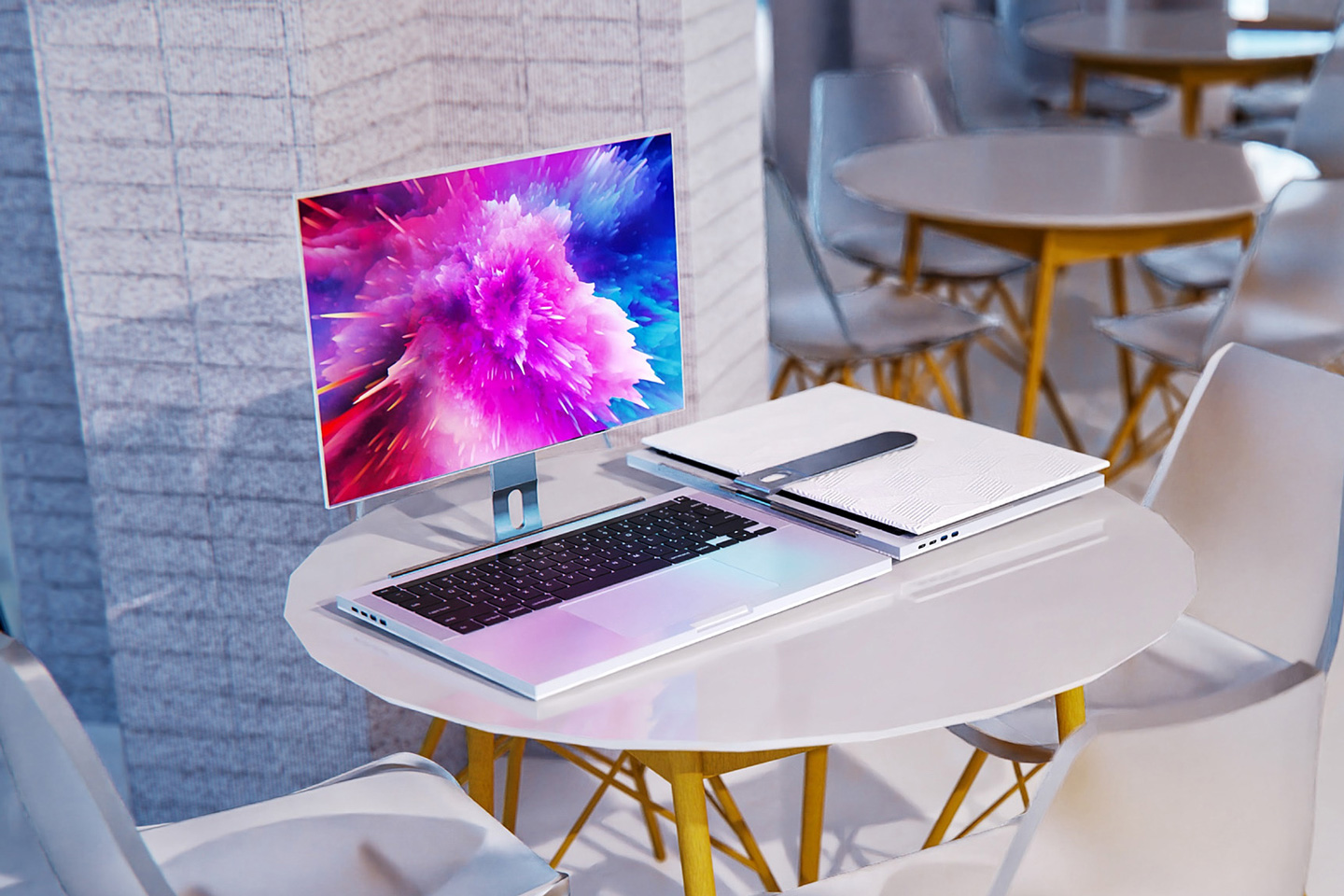
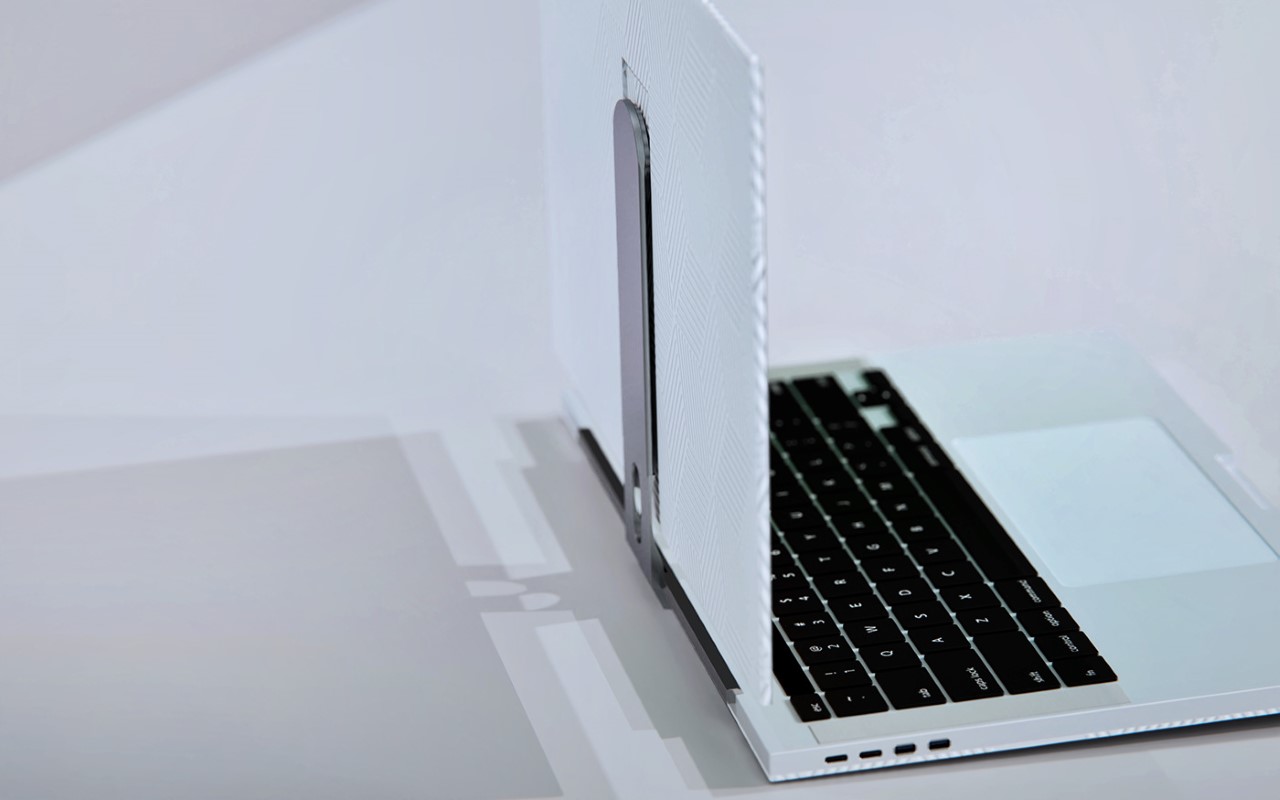
The NeckBook, as its name should rather aptly suggest, is a laptop that has a display with a ‘neck’. Unlike conventional laptops that connect their displays directly to the base using a set of hinges, the NeckBook adds a sliding rail (or a neck) between them. Once you flip open your lid, as you would with any conventional laptop, the NeckBook lets you pull the display upwards, adjusting its height. The display slides up and down the neck, and can swivel left and right too, giving you an infinite amount of control over your viewing experience – something a regular laptop can’t.
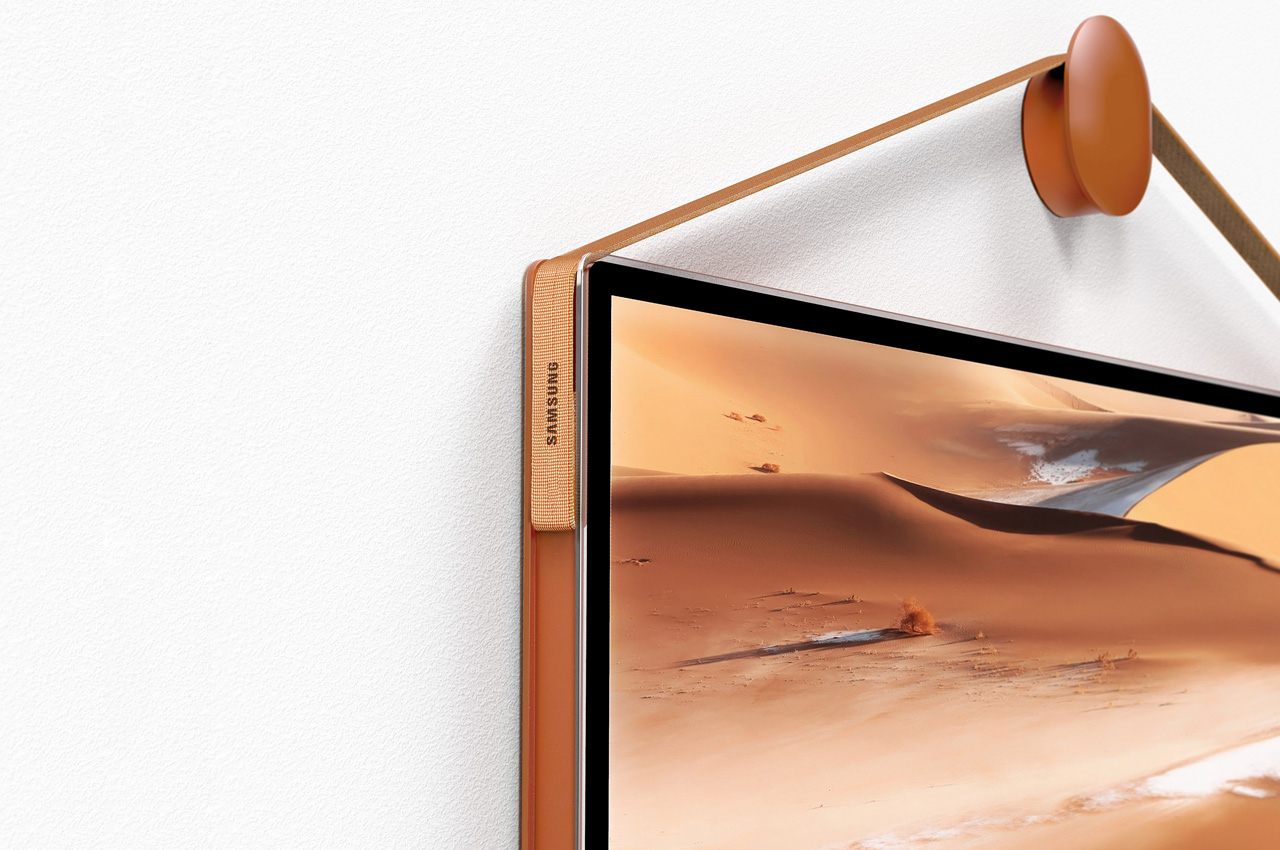
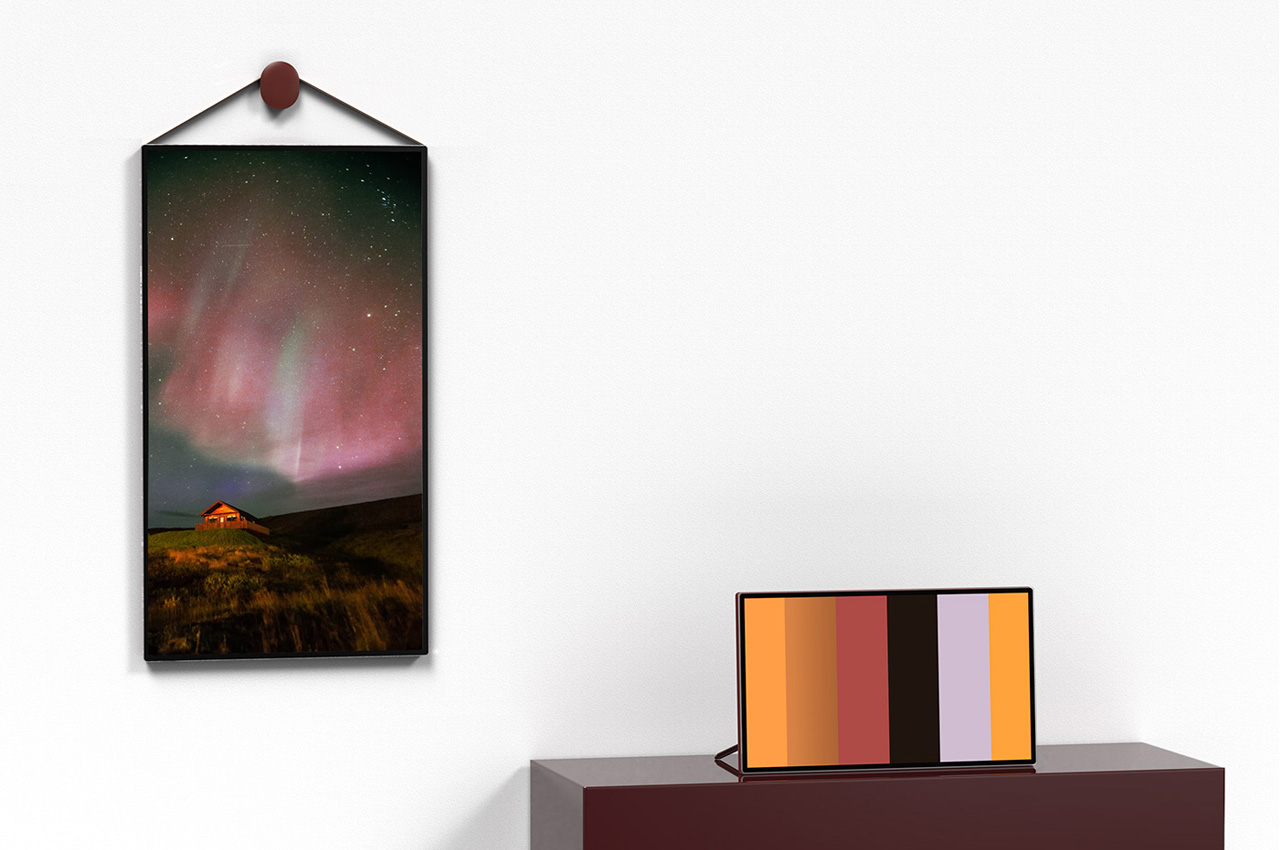
Hanging a TV set like a picture frame on the wall may seem too risky at the first glance, but on testing, this design opens up the TV for a range of scenarios! If you have used a Samsung Series 4 LED TV, you’d relate to the fact that they came with a metal string like this one predicted for the Pendant TV. The design rests on a pulley-like mount screwed into the wall, making the design way sleeker and held the TV set closer to the wall. The currently used brackets that come with larger display-sized televisions tend to protrude from the wall leaving a sizable gap between the wall and the TV. While the marketed hanging style from Samsung actually ensured the hanging sting hid behind the display; the clean hanging layout makes the fine fabric strap visible with the Pendant TV display.
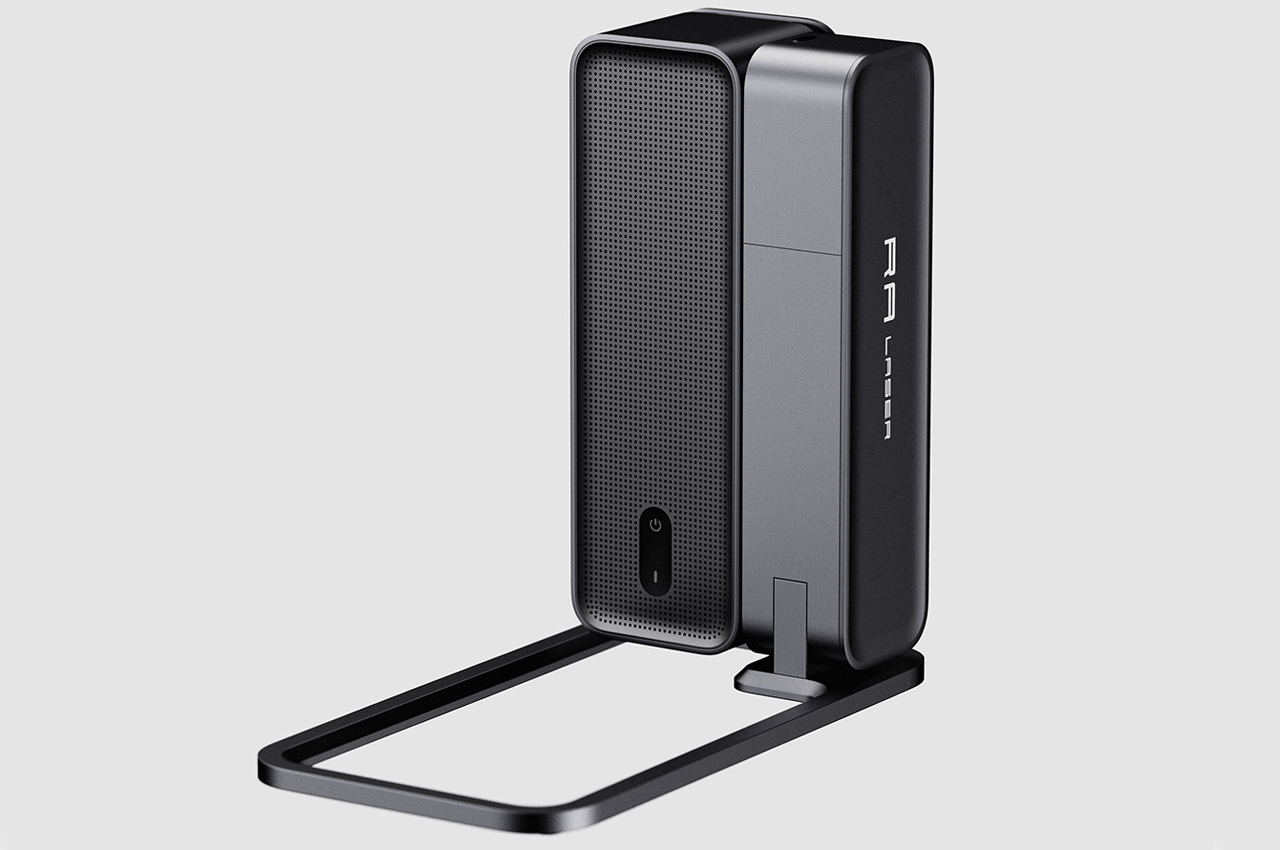
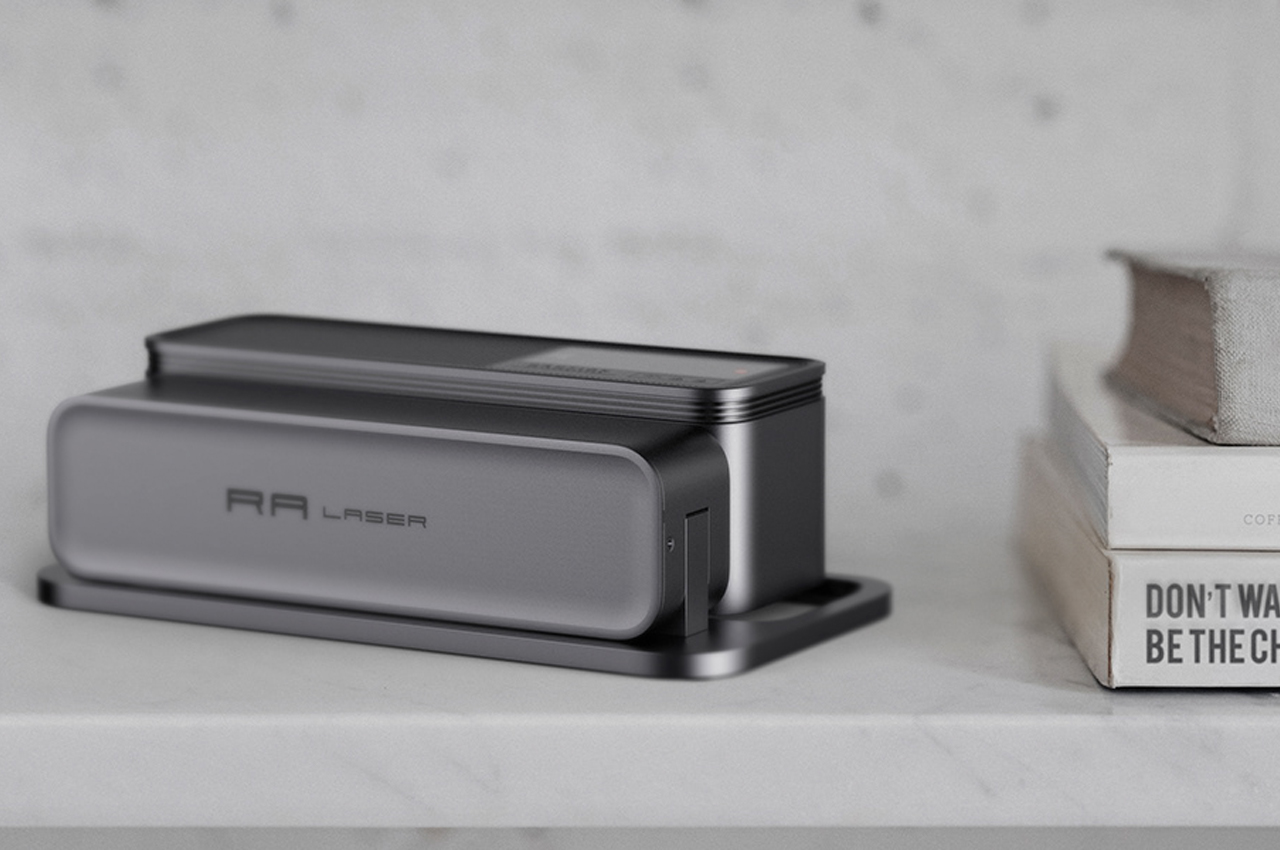
RA Laser Z3 is a compact and portable laser engraving tool with an open base design so that anyone can laser engrave their products from anywhere for any reason. Before use, the RA Laser Z3 folds down to the height of a closed book. When users unfold the RA Laser Z3 to engrave an item, the bulk of the laser opens up just like a book as the engraving module swings out to form an L-shape. From there, users position the products they’d like to engrave beneath the bottom rectangular frame. Designed with an open base, the RA Laser Z3 is prepared for users to engrave products of any size, from iPhones to dog tags.
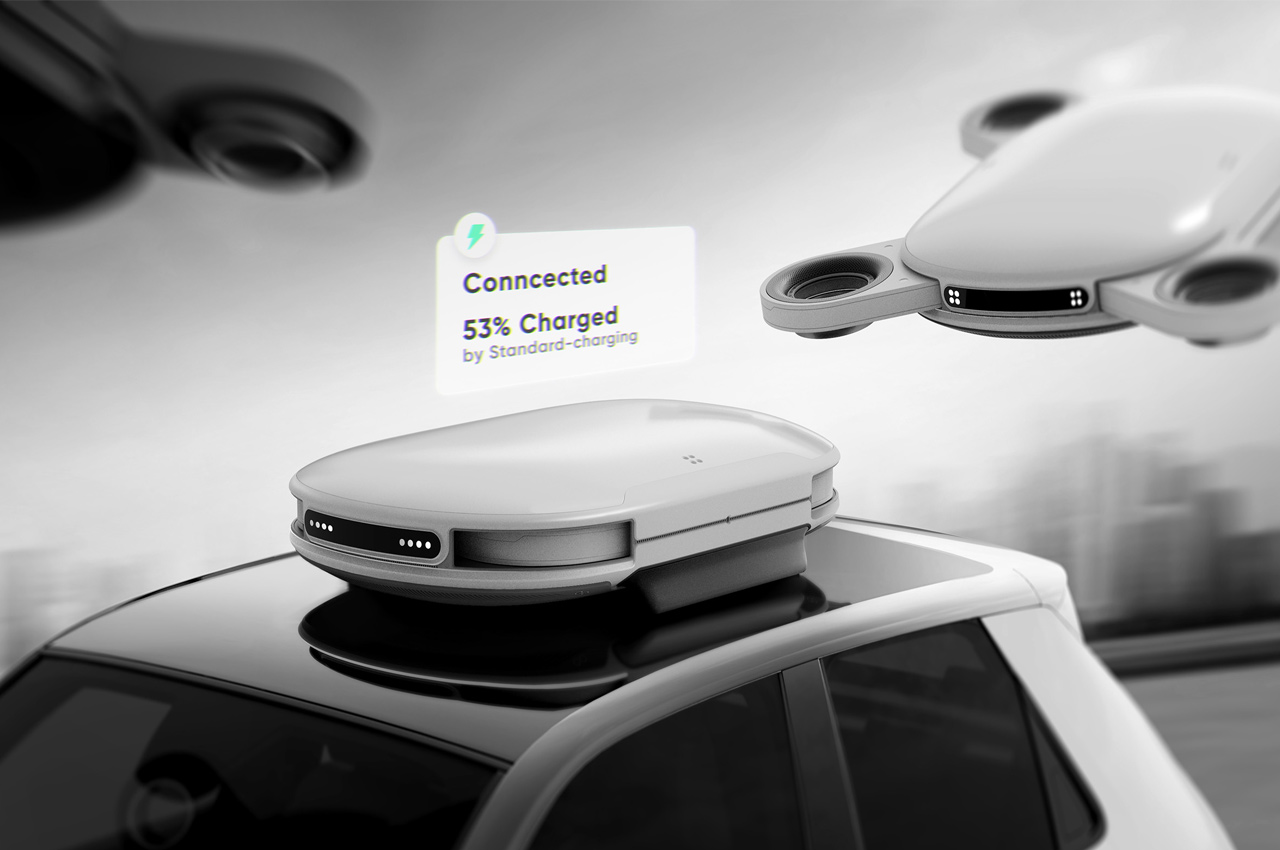
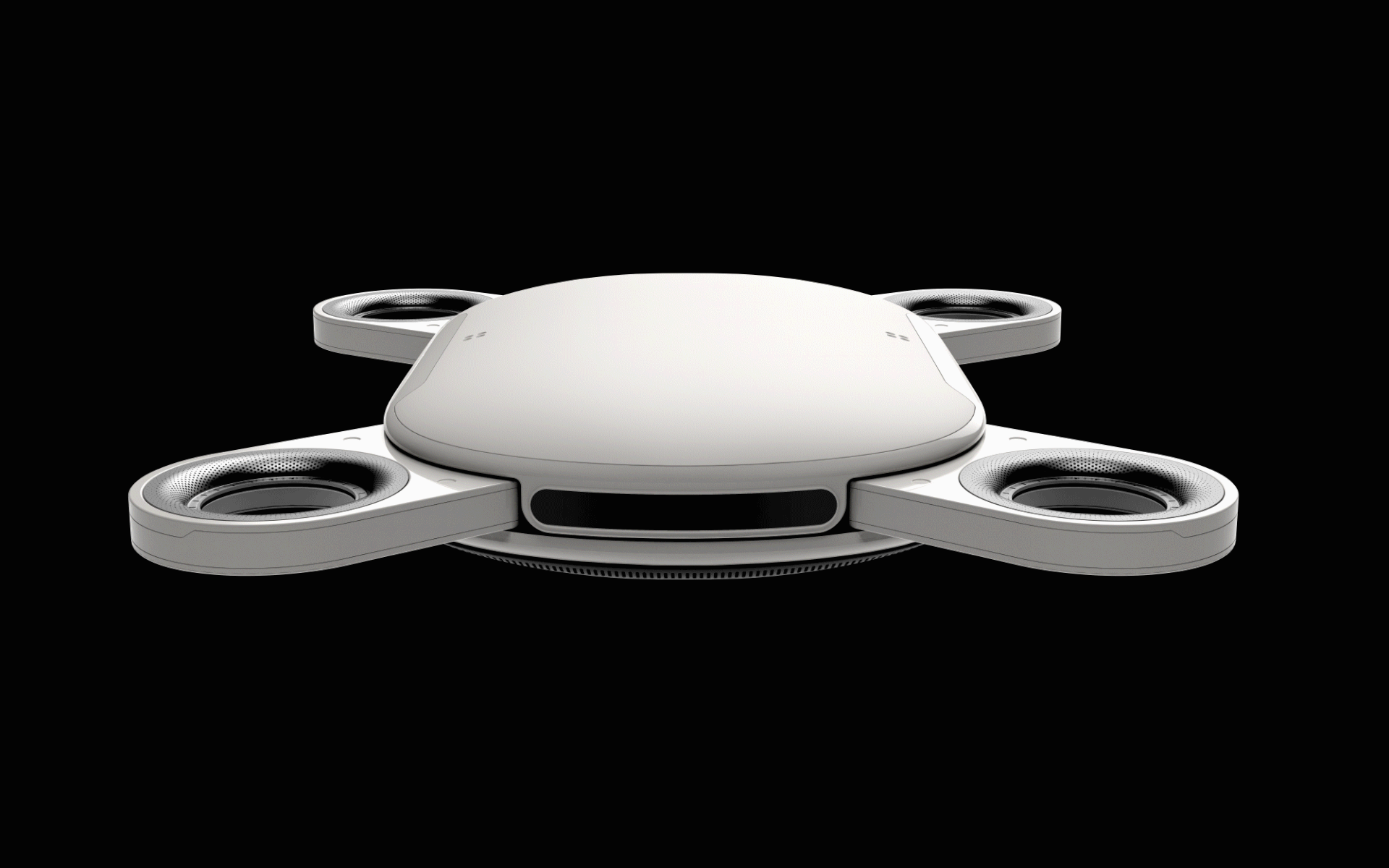

To ensure their EVs remain charged when traveling, drivers often have to adjust their routes to incorporate charging stops along the way. Cutting out the extra travel time those routes take up, Nebo users can request charging drones to fly to their EV and power up their vehicles on the road. Then, drivers can plug in their destination from a dashboard display, and Nebo will find the quickest route and create a charging schedule for the trip, ensuring that EVs are fully charged. Each charging drone contains electromagnetic and ultrasonic sensors to locate and latch onto the roofs of electric vehicles. Once securely stationed atop the EV, charging coils transmit power between Nebo and the electric vehicle. The drones would also feature bladeless wings, allowing for a compact build that can slide into itself during use





0 Response to "Futuristic Consumer Technology designs that we can’t wait to see in real life!"
Post a Comment